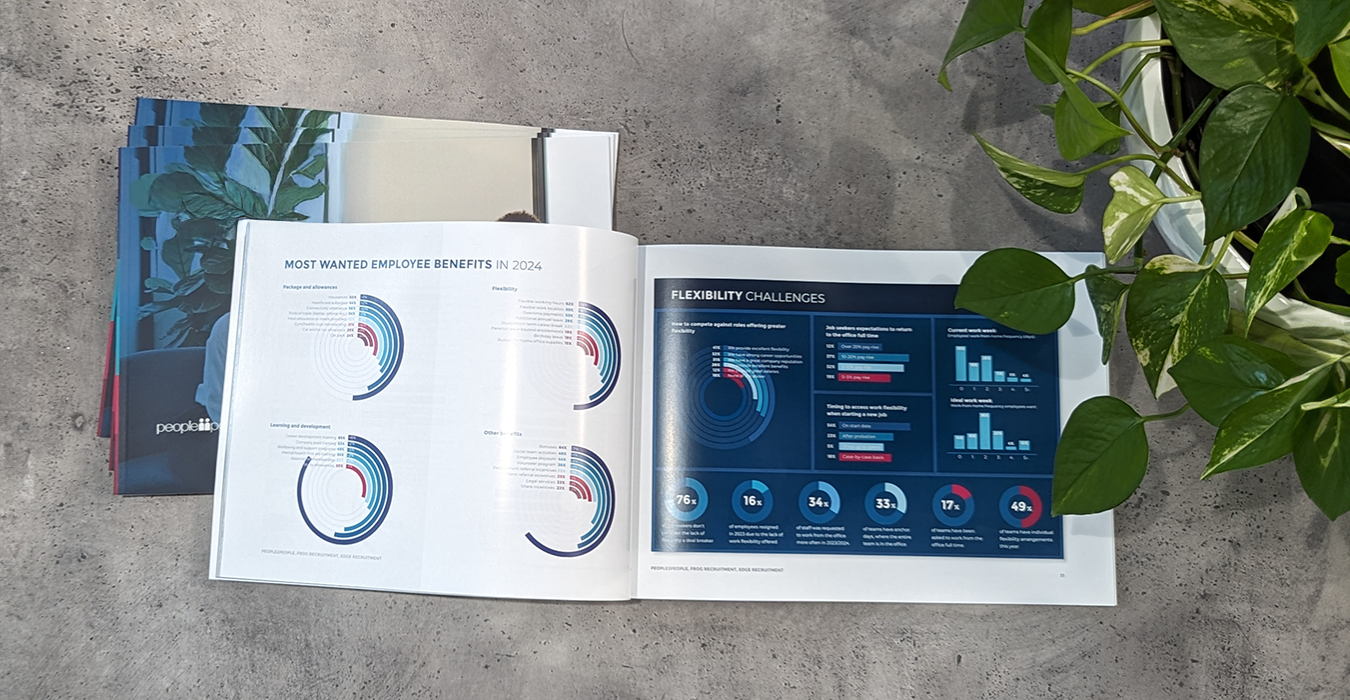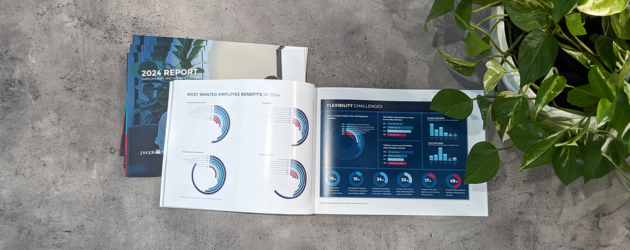Industry trends across key sectors
At people2people, we specialise in delivering expert market insights and tracking industry trends across the United Kingdom, Australia, and New Zealand. With years of experience in diverse sectors, we have a deep understanding of the unique challenges and opportunities within these markets. Our in-depth knowledge enables us to provide job seekers with actionable advice to enhance their applications, stand out in competitive markets, and secure their next opportunity.
For employers, we offer strategic insights into workforce trends, recruitment strategies, and retention solutions to help build and maintain high-performing teams. By staying ahead of evolving employment landscapes, we empower both job seekers and businesses to make informed decisions and achieve their goals.





















